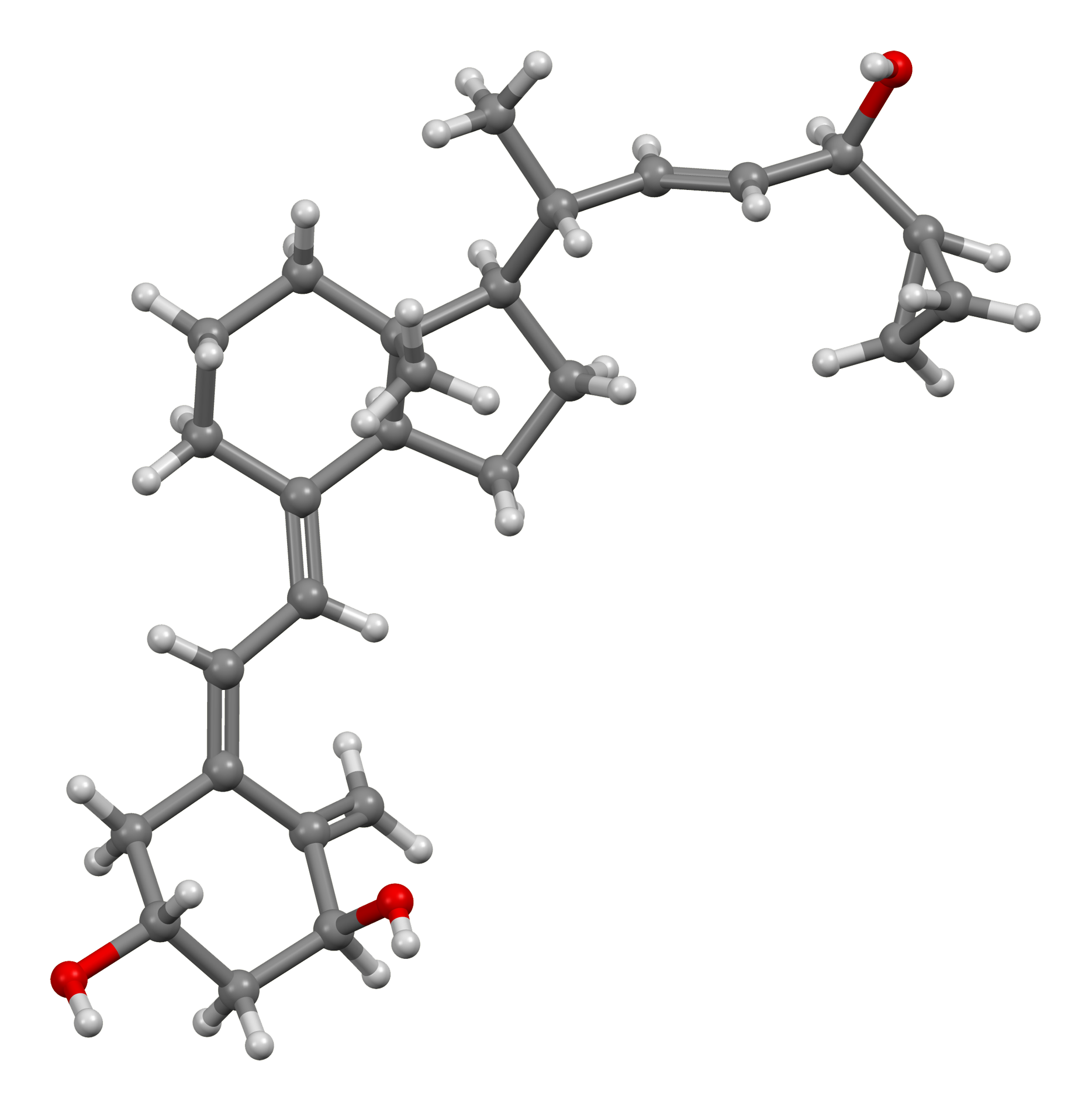| name | Calcipotriol |
| Classification | Vitamin D Analogue; Topical Antipsoriatic |
| Pharmacokinetics | Calcipotriol is a topical medication, meaning it's applied directly to the skin. It is primarily absorbed by the skin and is not significantly absorbed into the systemic circulation. After topical application, the drug is converted to its active metabolite(s) which inhibit keratinocyte proliferation and stimulate cell differentiation. Limited systemic absorption may occur if large areas are affected or the product is applied for an extended period. The drug is not detected in plasma at therapeutic doses. |
| suggested dosage | Dosage for psoriasis depends on the area and severity of the condition and should be guided by a healthcare professional. Typically, a thin layer of calcipotriol cream or ointment (usually 0.005% - 0.05%) is applied once daily to affected skin areas. The frequency of application may be adjusted depending on the individual patient's response. For localized lesions, applications may be made multiple times daily or every other day according to the dermatologist's recommendation. This information is for general knowledge and does not constitute medical advice. A doctor should prescribe the correct dosage for your specific condition. |
| indications | Calcipotriol is primarily used to treat mild to moderate plaque psoriasis. It is often used as a first-line treatment due to its effectiveness and relatively low risk of systemic side effects. However, it is crucial to remember that topical therapies are meant to treat the visible manifestations of skin conditions and may not address underlying systemic factors that may be contributing to the disease. |
| Safety in pregnancy | Limited data exists on the safety of calcipotriol during pregnancy. While systemic absorption is low, it is important to discuss the potential risks and benefits with a healthcare professional. Calcipotriol should be used during pregnancy only when clearly indicated and under strict medical supervision. |
| Safety in breastfeeding | Studies in nursing mothers have found trace amounts of calcipotriol in breast milk. The amounts are not considered high, but it's advised to consult with a healthcare professional to determine if calcipotriol use is appropriate while breastfeeding. |
| side effects | | 1 | Skin irritation (e.g., redness, dryness, burning, itching) | | 2 | Skin reactions (e.g., rash, scaling) | | 3 | Local burning or stinging | | 4 | Rarely, increased risk of skin infections | | 5 | Increased risk of skin reactions with concomitant ultraviolet B (UVB) exposure, caution should be used |
|
| alternatives | |
| contraindications | | 1 | Known hypersensitivity or allergy to calcipotriol or other ingredients in the formulation | | 2 | Open wounds, skin infections or lesions in the treatment area | | 3 | Patients with hypercalcemia (high blood calcium levels) | | 4 | Patients with active skin infections (e.g., bacterial or viral skin infections) |
|
| interactions | | 1 | Limited interactions. Should not be used concurrently with potent topical corticosteroids, as they may increase the risk of skin irritation. Concurrent use with other topical medications or sun exposure may alter the treatment's effectiveness; consult your doctor. | | 2 | Patients with kidney or liver disease may require dose adjustments or closer monitoring. |
|
| warnings and precautions | Careful application of the prescribed dosage is crucial to avoid systemic effects. Avoid using the drug on large areas of skin, if the product is used for an extended period, monitor for potential systemic effects by regular blood tests. The patient should promptly report any signs or symptoms of irritation or adverse skin reactions to the healthcare provider. |
| additional informations | Calcipotriol is a potent topical antipsoriatic. It is essential to consult with a dermatologist or other healthcare professional for diagnosis and treatment of psoriasis. Self-medication is discouraged, and proper monitoring is critical. The effectiveness and safety of this medication depend on careful adherence to the prescribed regimen and close communication with the prescribing physician. |
| patient profile | |

